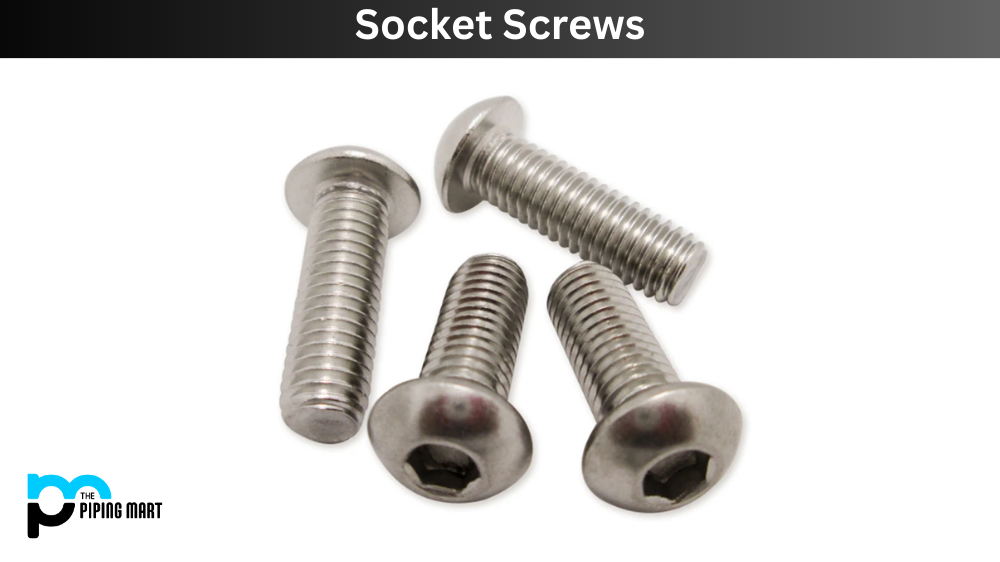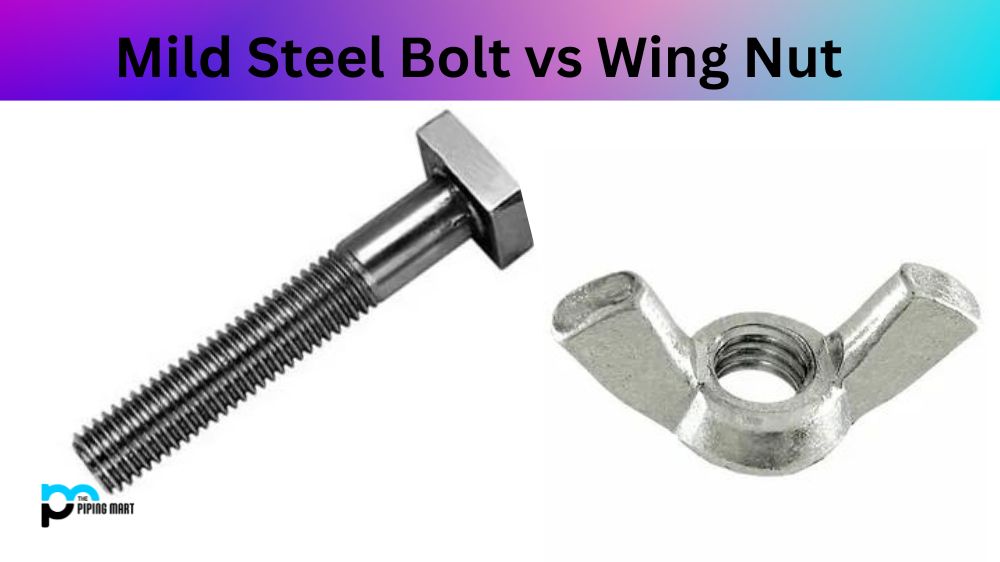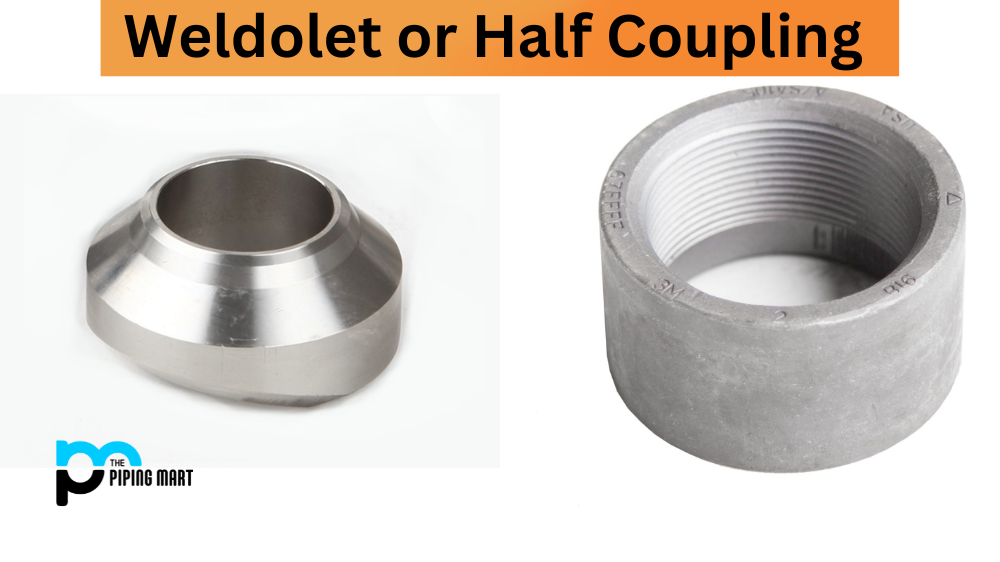Have you ever found yourself confused when selecting the right socket screw for your project? You’re not alone. With so many different types of socket screws on the market, knowing which one to choose can be overwhelming. Socket screws are versatile fasteners that are commonly used in many industrial applications. This article will discuss the different types of socket screws and help you decide when to select the right one for your project.
Types of Socket Screws
Button Head Socket Screws
Button head socket screws are often used for decorative purposes. They have a small, round head that sits above the fastened material’s surface. These screws are commonly used in applications where a flat surface is preferred, such as aesthetic covers for machinery.
Flat Head Socket Screws
Flat-head socket screws have a countersunk head that sits flush with the material surface once installed. They are used when a flat surface is essential and the screw head needs to be hidden. These screws are often used in applications where the material’s character needs to remain smooth, such as wooden furniture.
Cap Head Socket Screws
Cap head socket screws, also known as socket head screws, have cylindrical heads that can withstand more torque than your average screw. These screws have a deep socket that can tighten and loosen easily with a hex key. Cap head socket screws are used in applications that require a higher load-bearing capacity.
Set Socket Screws
Set socket screws, or grub screws, are used to securely attach two parts by filling a recessed hole. These screws do not have a head and are typically used for machine parts or components that require specific positioning.
Shoulder Socket Screws
Shoulder socket screws have a cylindrical middle section that separates the head from the thread. They are used for rotational movement between the two objects being fastened to. Shoulder socket screws, such as hinge pins or pulleys, are commonly used when action is necessary.
Conclusion
Socket screws come in various styles to suit applications and hold materials together effectively. Selecting the right socket screw can influence the success of your project, and it is essential to choose the correct fastener for the application at hand. When selecting a socket screw, consider the application type, the load it will bear, and the specifics of the fastened materials. Hopefully, with this information, you can make an informed decision when choosing the right socket screw for your project.

A passionate metal industry expert and blogger. With over 5 years of experience in the field, Palak brings a wealth of knowledge and insight to her writing. Whether discussing the latest trends in the metal industry or sharing tips, she is dedicated to helping others succeed in the metal industry.




